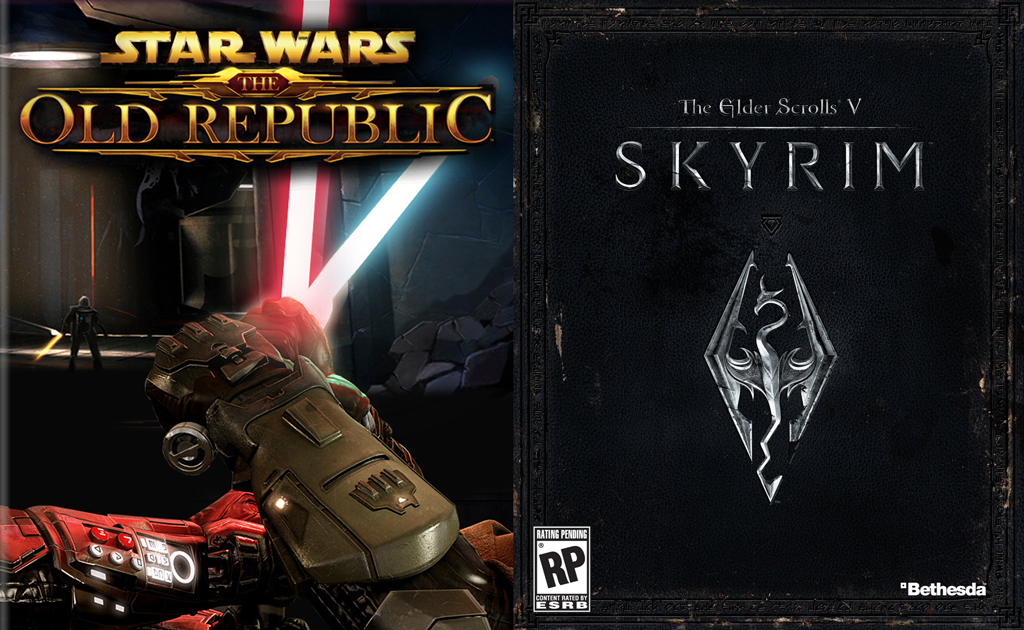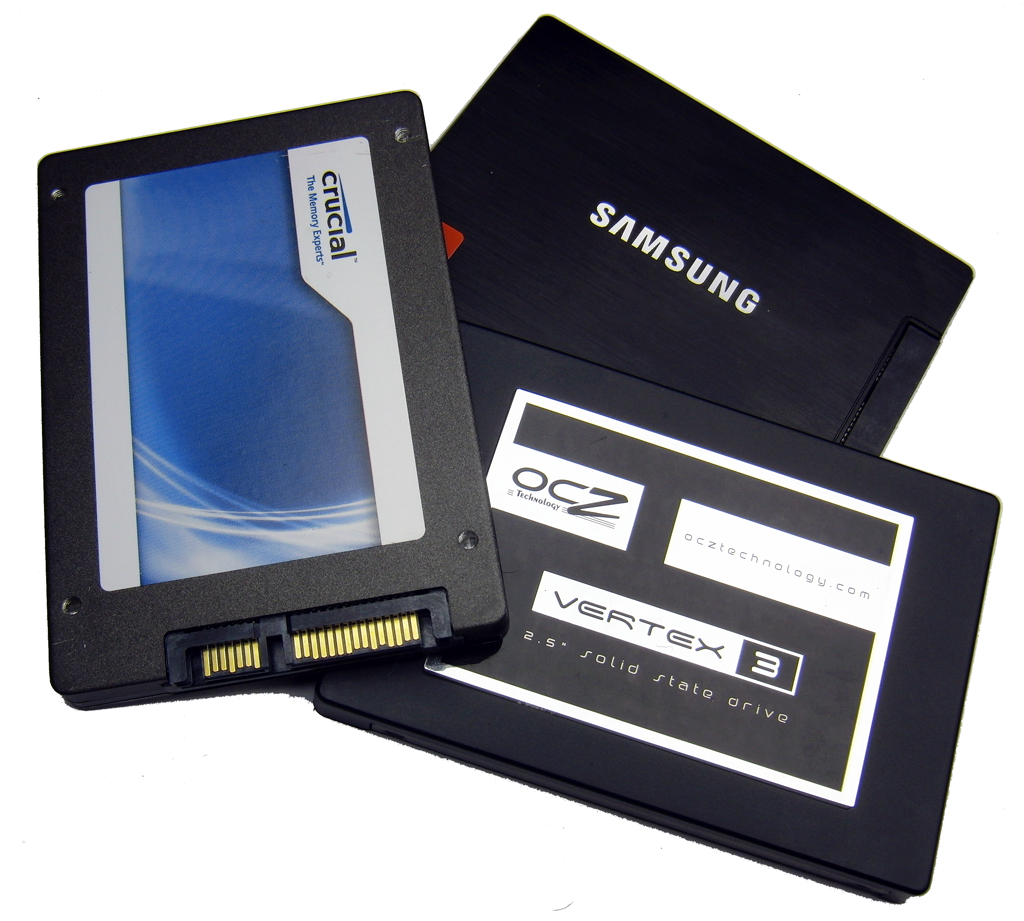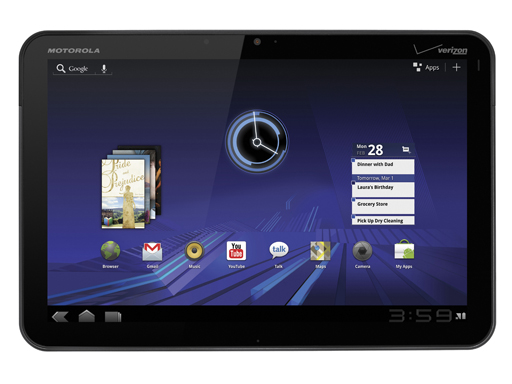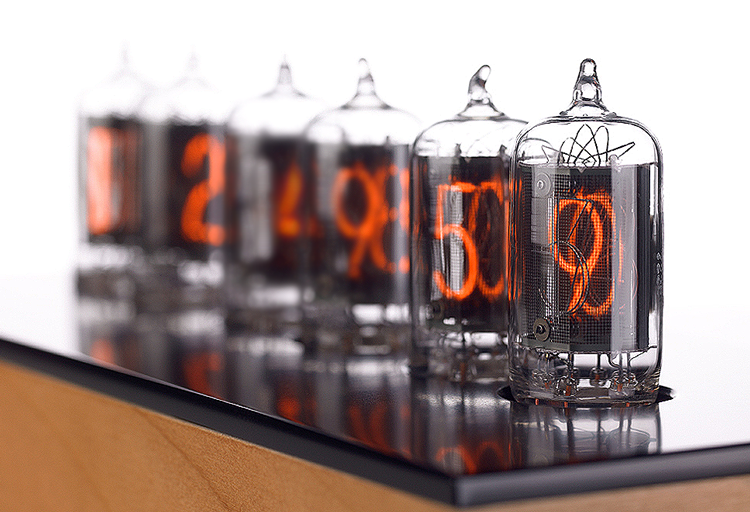In Pictures: 2011, A Year In Review
RPGs
No gamer was left out this year. If you're not a first-person shooter fan, Elder Scrolls V: Skyrim and Star Wars: The Old Republic are both RPGs that proved to be very popular in 2011. Neither game's graphics requirements are very high. So, if you're still rocking older hardware, there's no reason to put off play-time while you wait for a platform upgrade.
SATA 6Gb/s SSDs
Enabling snappy responsiveness isn't limited to fast processors. If you really want the best of the best, you're also going to want an SSD. In 2010, the enthusiast-oriented options were still somewhat limited. Really, Crucial's C300 was the only SSD capable of demonstrating the benefits of a 6 Gb/s interface.
The performance story in 2011 was a lot more competitive. First, OCZ released an SSD based on second-gen technology from SandForce.Crucial followed up with its m4, and Samsung ended the spree with its 830 series. Each solution is capable of delivering blistering sequential transfers in excess of 500 MB/s.
Tablets
Apple was the first company to really demonstrate that tablets could serve as notebook replacements. However, it took a while for the competition to catch up.
Back in January of 2011, several companies demoed their tablets at CES. But it wasn't until August that they started hitting fast and hard. We covered a number of them: Motorola's Xoom, Acer's Iconia Tab A500, HP's TouchPad, Asus' Eee Pad Transformer, Samsung's Galaxy Tab 10.1, Toshiba's Thrive, Sony's Tablet S, and Motorola's Xoom Family Edition.
Overall, the tablet experience still isn't as natural to us as some of the better netbooks we've used, but you can't deny their portability advantages. Hopefully, the weaknesses identified in 2011 will be addressed next year by faster SoCs, Google's next version of Android, and ARM support in Windows 8.
Get Ready For The Countdown
And that's a wrap. The close of 2011 sees us welcoming 2012. Technology always moves forward, and there's a lot to look forward to in 2012: Intel's Ivy Bridge architecture, the entirety of AMD's Radeon HD 7000 family, Nvidia's Kepler design, larger SSDs based on 20 nm NAND, Windows 8, and Android 4.0. Naturally, we'll be covering the latest tech and putting it through its paces for your reading pleasure. See you next year!
Get Tom's Hardware's best news and in-depth reviews, straight to your inbox.



